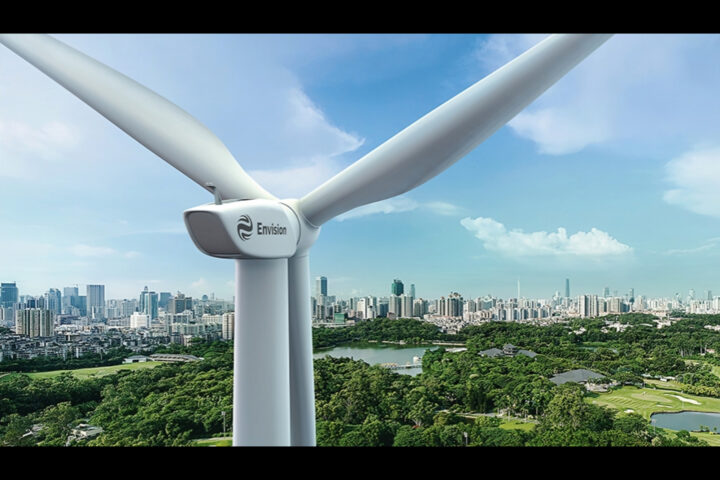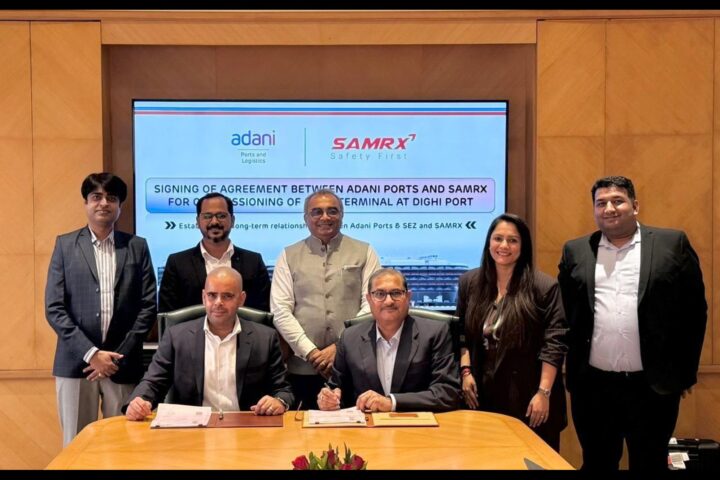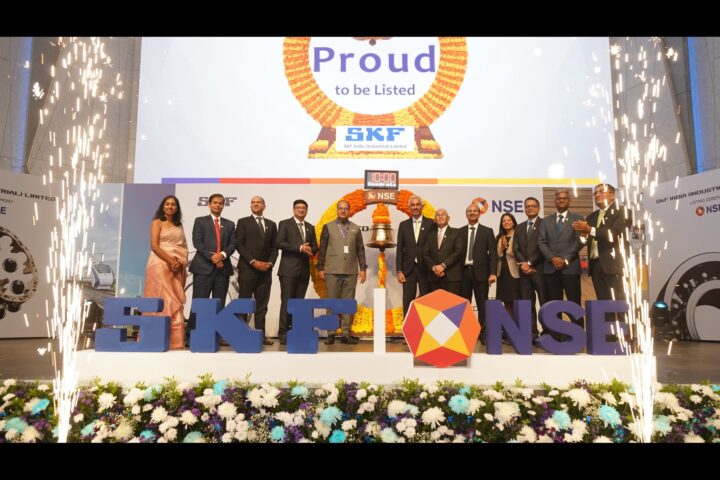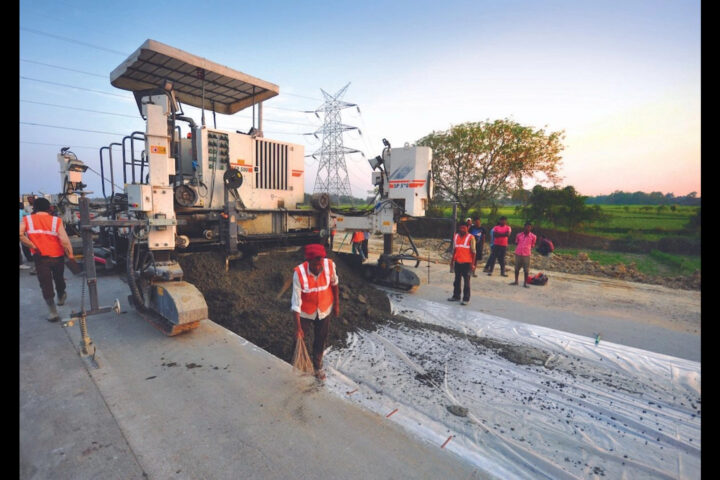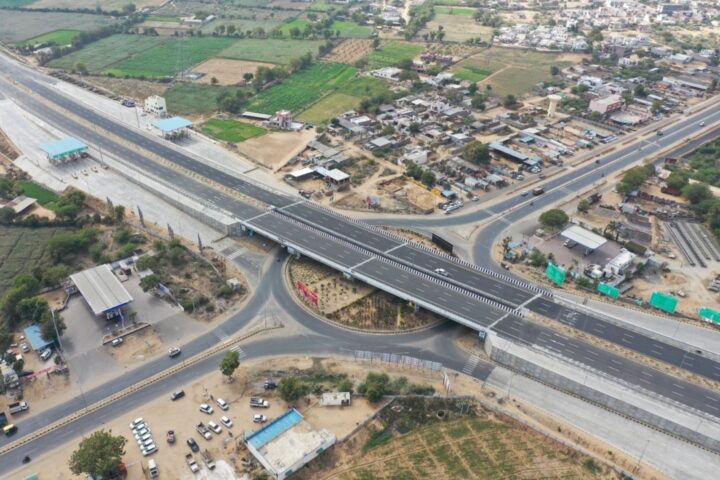by Partha Dash, Managing Director – New Business and Growth, Moglix
India is on a fast track towards achieving ambitious renewable energy (RE) targets. However, the inherent variability of wind and solar power, the mainstays of this push, presents a significant hurdle: intermittency. This article explores how to overcome this challenge by integrating diverse RE sources across different states through extended power purchase contracts (EPPAs) and analyzes the opportunities and challenges associated with this approach.
The Problem: Intermittency and its impact
As natural sources of energy, wind and solar power generation fluctuate based on weather conditions. This inconsistency creates challenges for the grid, as electricity demand remains relatively constant. To maintain grid stability, India currently relies on fossil fuel-based power plants to ramp up or down generation quickly in response to demand fluctuations. This ends up negating the environmental benefits of RE and increases dependence on non-renewable sources.
The Solution: Leveraging inter-state diversity with EPPAs
The key to tackling intermittency lies in exploiting the geographical and temporal complementarity of different RE sources. Consider the wind patterns for instance: while Gujarat experiences strong winds during the day, Tamil Nadu witnesses better wind speeds at night. Similarly, solar power generation peaks in the afternoon. By integrating these diverse sources through EPPAs, a more balanced and reliable power supply can be created. EPPAs, long-term contracts between generators and power distributors, would ensure a stable power source for distributors and a guaranteed market for RE producers – a win-win for all.
Exploring Different Scenarios: Costs, Opportunities, and Challenges
Let's delve into six potential scenarios to understand the impact of RE source integration on cost, availability, and feasibility:
Scenario 1: Idealized flat demand profile (100% RE RTC availability)
This scenario assumes a perfect situation with consistent demand throughout the day and 100% RE availability through a combination of wind energy from Gujarat, Karnataka, Maharashtra, Tamil Nadu and solar energy from Telangana. Although highly cost-effective at INR 4.95/kWh, this scenario is not entirely realistic due to demand fluctuations. It does, however, highlight the potential of inter-state RE integration for minimizing costs.
Scenario 2: Balancing availability and cost with peak demand support
This presents a more realistic picture, accounting for a daily availability of 90% for renewable energy sources. This scenario acknowledges that despite the benefits of inter-state diversity, perfect consistency is not achievable. To address the remaining 10% gap, peak demand support is factored in during mornings and evenings, typically when solar generation dips and wind power might not be at its peak.
Despite the introduction of peak demand support, this scenario offers a unit cost of INR 4.97/kWh, which remains highly competitive compared to traditional power generation sources. This demonstrates that even with some reliance on non-renewable sources for peak support, a significant cost advantage can be achieved by leveraging RE integration.
The inclusion of peak power support mechanisms helps maintain grid stability. By strategically utilizing short-term dispatchable power sources during peak hours, this scenario ensures the grid can handle fluctuations in demand that RE alone may not be able to fully address.
Compared to Scenario 1, which assumed 100% RE availability, Scenario 2 requires a larger capacity of Pump Storage Plant (64 MW vs 67 MW). This is because PSPs play a crucial role in managing the 10% gap by storing excess RE during surplus hours and releasing it during peak demand periods. However, building and maintaining PSP infrastructure adds to the overall cost.
Scenario 3: Prioritizing wind power and increased reliance on PSP
This scenario reimagines the RE-RTC model to cater specifically to Commercial & Industrial (C&I) customers. Here, the focus shifts to a customized solution that prioritizes wind power from Gujarat, Karnataka, and Tamil Nadu, along with solar power from Maharashtra.
Despite the shift towards a C&I-focused model, the unit cost of INR 5.102/kWh remains on the higher side. This highlights the inherent challenge of balancing cost-effectiveness with intermittency management using solely wind power and PSPs.
The effectiveness of this scenario hinges on aligning the RE-RTC profile with the specific demand patterns of the C&I customers. Understanding their peak consumption periods is crucial for optimizing the use of PSPs and potentially minimizing reliance on them during non-peak hours.
Scenario 4: State-specific profiles and cost variations
This scenario showcases the cost differences based on the specific solar and wind potential of each state – Gujarat, Tamil Nadu, Maharashtra, Rajasthan, Telangana. Here, Maharashtra emerges as the most cost-effective option at INR 5.81/kWh due to its favorable solar and wind profile.
Scenario 5: Focus on C&I customers
Scenario 5 delves into the potential of RE-RTCs specifically designed for C&I customers. It explores the cost variations and opportunities across three key states: Gujarat, Maharashtra, and Tamil Nadu.
Here, the analysis reveals that Maharashtra is the most attractive option for C&I customers, with a unit cost of INR 5.65/kWh. By focusing on states with wind and solar profiles that align with the peak demand hours of C&I customers, RE-RTCs can be tailored to provide a more reliable and cost-effective power source.
While RE-RTCs can be customized to a certain extent, the reliance on PSPs for peak power support can still contribute to higher unit costs compared to traditional, non-renewable sources.
Scenario 6: Annual availability variations and storage
The final scenario explores the impact of annual RE availability variations (80%, 85%, 90%, and 95%) on cost using a combination of Gujarat Solar and Maharashtra Wind. Interestingly, the unit cost decreases with increasing availability – INR 3.8/kWh at 80% to INR 4.67/kWh at 95%. This suggests that increased storage capacity can significantly reduce costs by minimizing reliance on expensive peak power sources.
Unlocking the potential: Factors for success
Several factors are crucial for the successful implementation of the solutions outlined in the above scenarios.
- Reduced storage cost: As seen in Scenario 6, lower storage costs are vital for making RE-RTCs more cost-competitive. Technological advancements and economies of scale in Energy Storage Systems (ESS) are essential for achieving this.
- RPO (Renewable Purchase Obligation) Enforcement: Stringent enforcement of RPOs by regulatory bodies can incentivize utilities to include RE-RTCs in their portfolios. Additionally, Public Sector Undertakings (PSUs) can play a vital role in driving this adoption.
- Hybrid Projects with Hydropower: Integrating solar and wind with existing hydropower storage capacity offers a cost-effective and reliable solution. Hydropower can readily ramp up or down generation to address intermittency challenges.
By strategically combining diverse RE sources across states with complementary wind and solar profiles, India can create a more stable and cost-effective power supply, built on the grounds of innovation and collaboration.







